- Home
- slideshows
- miscellaneous
- 19 incredible things you never knew Thomas Edison invented
19 incredible things you never knew Thomas Edison invented
Alkaline batteries

Saying "hello" when answering the phone
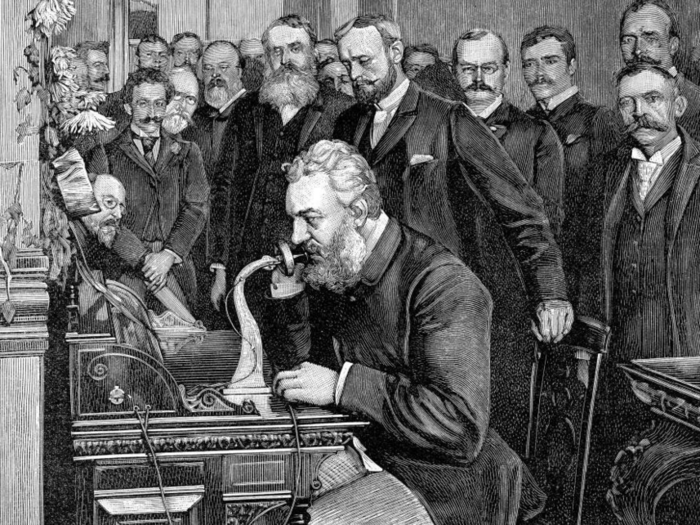
It's second nature to us now, but people didn't always have a standard way to greet someone on the phone.
In 1877, Thomas Edison first suggested using the word "hello." Before this, telephone users would often pick up the phone with phrases like, "Do I get you?" and, "Are you there?"
But Edison found "hello" to be much more efficient, and the word caught on quickly — much to the dismay of Alexander Graham Bell. The inventor of the telephone preferred using the seafarer's phrase "ahoy" to begin a conversation instead.
A coal mining safety lamp
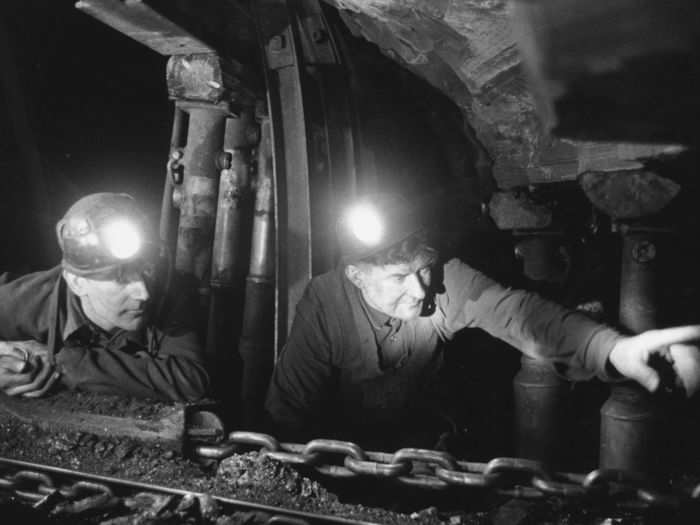
After hundreds of people died in coal mining accidents throughout the early 1900s, the Mine Safety Appliance Company recruited Edison to help fix the problem.
He began working on the first electric cap lamp for miners using rechargeable battery packs in 1914. The Edison Cap Lamp included a battery inside of a steel locking case that miners could wear around their belts, which would retain power for 12 hours as they worked.
Wax paper
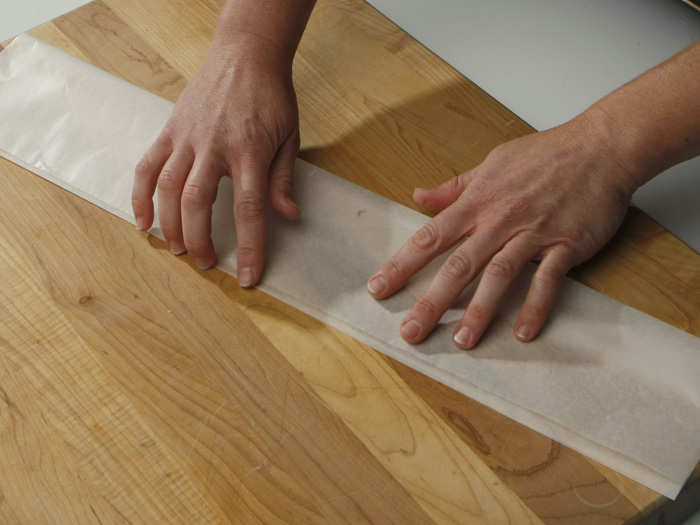
In 1872, Edison came up with paraffin paper, or the idea of coating paper in wax to keep it from getting wet, to use in the telegraph.
This is a commonly used household object today, and its origins began with wrapping candy. Paraffin paper was also used to help Edison invent his favorite device, the phonograph.
Some reports suggest Frenchman Gustave Le Gray invented wax paper, but that he used it for photography instead of food.
Industrial research laboratories
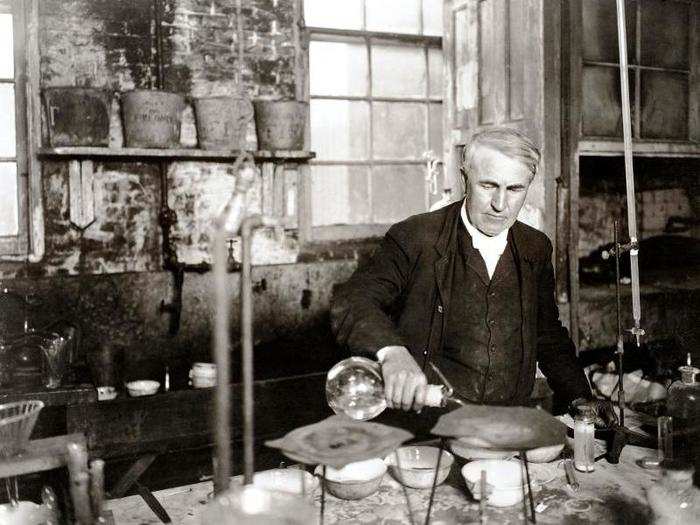
Not only did Edison invent thousands of objects and ideas throughout his lifetime, but he also conceived of the spaces to do so.
Edison pioneered the industrial research laboratory, which paved the way for new research institutions. For the first five years of his career, Edison's laboratories were machine shops in Newark, New Jersey, where he spent time developing telegraphy, the electric pen, and stock ticker technology.
Eventually, he moved to larger spaces, and in 1876, he opened his most well-known laboratory in Menlo Park, New Jersey. It was here that Edison and his research assistants conducted extensive work on electricity and invented the phonograph. A decade later, he opened an even bigger laboratory in West Orange, New Jersey, and set out to create the first motion picture camera and record technology.
While Edison often gets the sole credit for his many inventions, up to 200 men worked in his sprawling laboratories at a time, all contributing to developing new technologies that would change the world.
The electrographic vote recorder
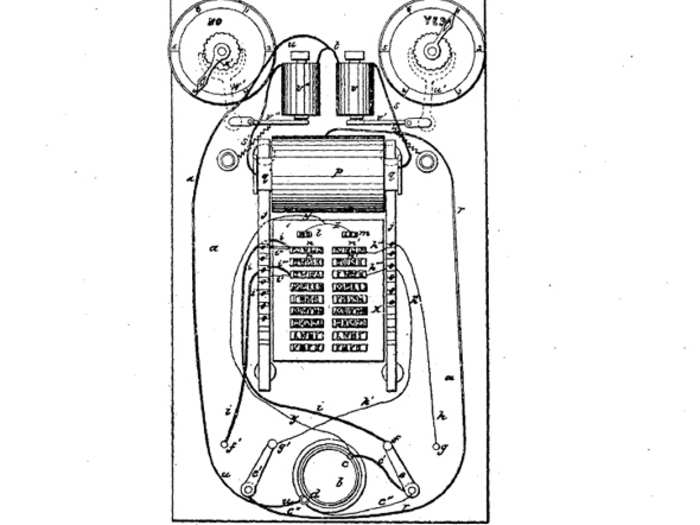
Edison's first patented invention came to fruition in 1868. The Electrographic Vote Recorder was made for legislators in Congress to vote on issues by switching a device to read either "yes" or "no" rather than handwriting each vote.
According to an archivist at the Thomas Edison National Historic Park, Edison thought this invention would make him rich. But Washington officials hated it.
Politicians quickly rejected the device out of fear it would disrupt the voting process, and Edison vowed to never again invent something that didn't have an "apparent" market.
"Etheric force" and the early stages of radio

In 1875, Edison and his team were experimenting with new ways to improve the telegraph, when they noticed a strange phenomenon happening between the machines.
Each time the device vibrated, metal objects that came in contact with it would generate sparks. Edison became curious about this reaction, and determined that it must be the workings of an unknown force, which his team dubbed "etheric force."
He then developed an etheroscope, a device that would measure different ways this force could be transmitted and observe the sparks more closely, but he never quite understood what it meant.
Eventually, it became known that his telegraph was actually producing radio frequency electromagnetic waves, which later become the basis for the development of radio technology.
The electric pen

In 1877, Edison patented the electric pen, which allowed workers to make copies of handwritten documents much quicker.
The pen was powered by a small electric motor, and as the user would write, a handheld needle punched tiny holes onto the surface of paper. The idea here was to create a stencil by allowing workers to roll ink over the holes and produce copies onto blank sheets of paper underneath.
This invention paved the way for the first ever mimeography, and is even thought to be the precursor to the first tattoo gun.
The phonograph
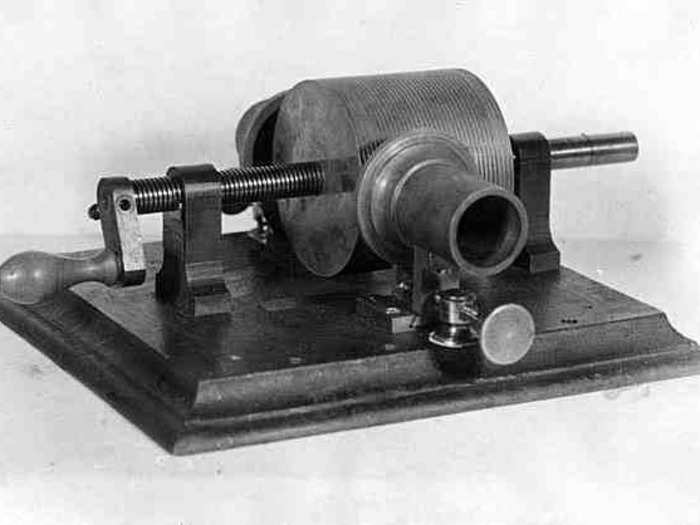
Among Edison's thousands of patents and inventions, the phonograph was his favorite. He developed a method to record sound on cylinders coated in tinfoil in 1877.
The machine had two needles, one for recording and one for playback, and when he spoke into a mouthpiece, the vibrations of his voice would prompt the recording needle to indent the cylinder and retain the audio.
The first words ever recorded into this machine were the lyrics to "Mary had a little lamb."
Ore milling
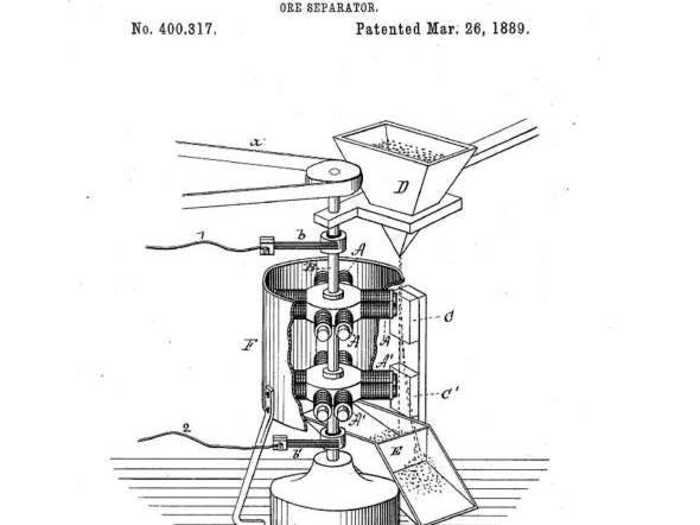
Throughout the 1800s, Edison worked closely with miners to develop milling technology that would separate magnetic particles, like iron, from non-magnetic rock by placing them into different bins.
Between 1887-1889, he designed a full system of "mining, crushing, separating, and concentrating" at a mine in New Jersey, according to the Thomas A. Edison Papers.
Edison was so excited about this venture that he invested $2 million of his own money into creating this technology. But due to unforeseen expense issues, he was forced to shut it down.
A method for preserving fruits and vegetables

Yes, Edison even invented a method for keeping fruits fresh.
In 1881, Edison filed a patent for preserving fruits and other organic materials by keeping them sealed in an air-tight glass vessel that sounds like modern-day Tupperware.
Reader's Digest noted that Edison's last breath was captured in a test tube using similar technology, and it's on display at the Henry Ford museum.
A talking doll
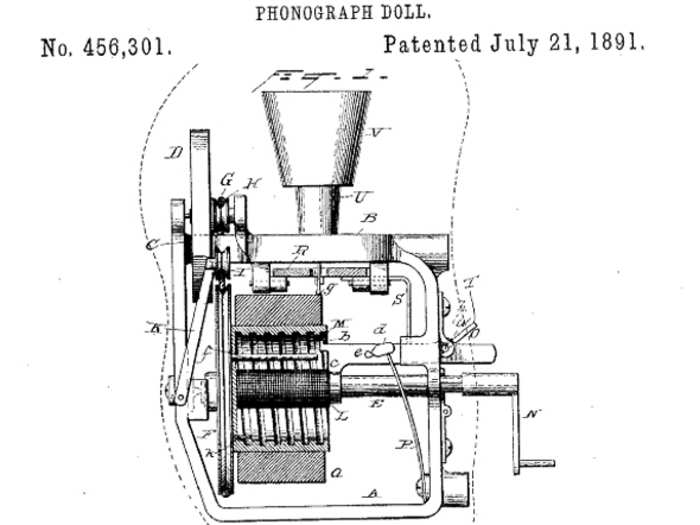
Apparently we can thank Edison for Talking Elmo and Furbies, too.
In 1887, he turned his eye to producing smaller inventions that would turn a quick profit.
One of these included a talking doll for children. Inspired by his phonography, Edison created a smaller version of the device and placed it inside imported dolls from Germany. His original intention was to have the dolls ready for sale Christmas that same year, but production failures pushed back their release until 1890.
The motion picture camera
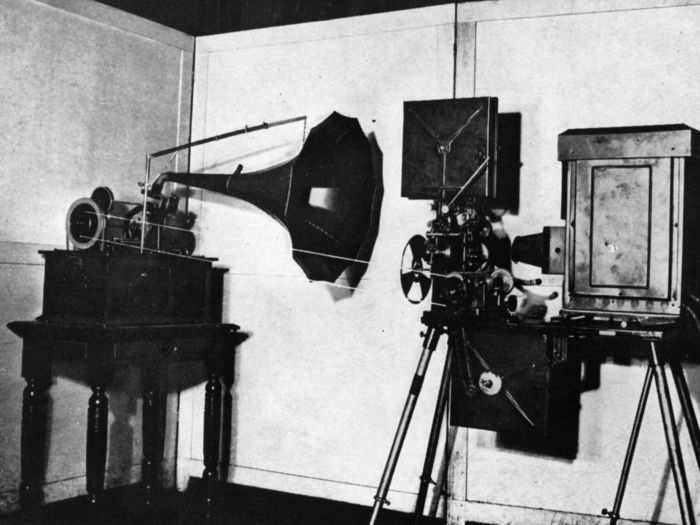
According to the National Park Service, Edison wrote in October 1888: "I am experimenting upon an instrument which does for the Eye what the phonograph does for the Ear . . ."
And sure enough, he succeeded. By 1892, Edison and a team of scientists invented the first motion picture camera, and by 1894, the first movie theater opened in New York City.
Throughout his life, Edison experimented with making dramas, comedies, and documentaries, and in 1911 alone, he made about $200,000 — the equivalent to over $5 million today — through the film industry.
Other inventors contributed to the development of movie cameras and theaters, but Edison is often called "the father of motion pictures."
A home-projecting kinetoscope
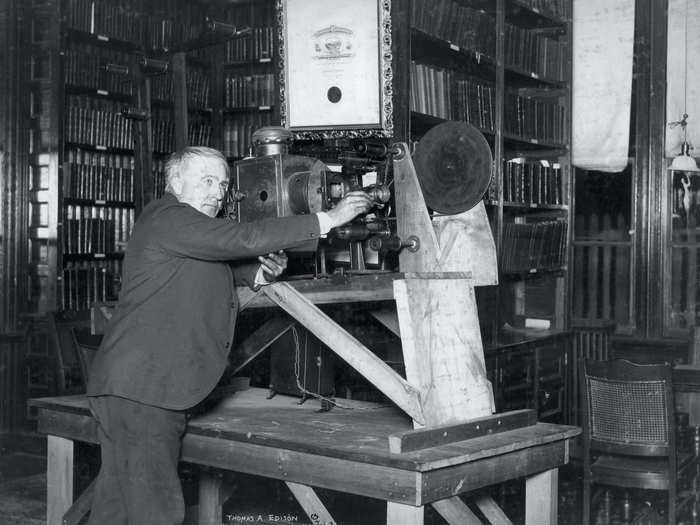
After receiving early success from the motion picture camera, Edison set out to create movie projectors, which he called kinetoscopes, that could be used in homes or schools.
But this invention wasn't nearly as successful. The machines were too expensive, and only 500 of the original 2,500 sold.
An "off the grid" powered house
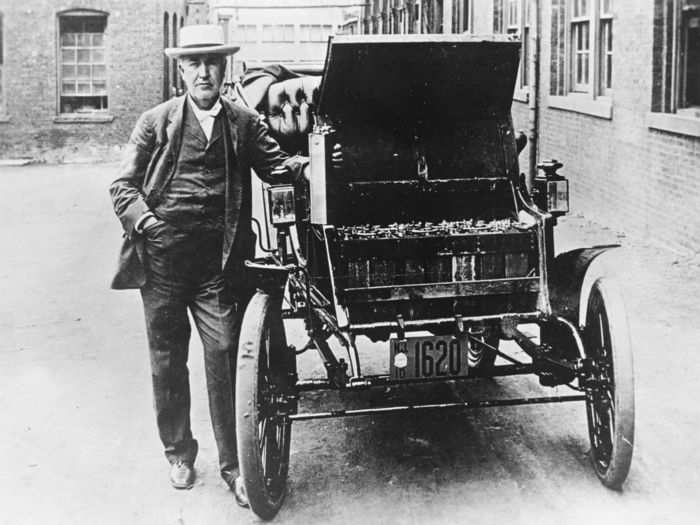
Edison was a huge supporter of clean energy technologies, and in 1912 he unveiled the "Twentieth Century Suburban Residence," a completely self-sufficient and "off the grid" home.
Each part of the prototype house was powered by his own batteries and a small-scale generator, which charged a bank cells in the basement. For this first trial, Edison used a gas-run motor, but documents suggest he was interested in switching to wind power.
Toward the end of his life, The New York Times reported the green energy enthusiast saying, "I'd put my money on the sun and solar energy. What a source of power! I hope we don't have to wait until oil and coal run out before we tackle that."
A concrete house

In 1917, Edison patented an entire system to mass-produce concrete houses.
Edison was interested in creating a cost-effective prototype for working class homes, and the idea was to create houses in one swift concrete pour.
These homes measured 25 by 30 by 40 feet high, and were considered largely a failure due to the difficulty in producing the reusable metal molds required to make them. But Edison did manage to build some of these homes near his laboratories in New Jersey, and many of them still stand today.
A "spirit phone"
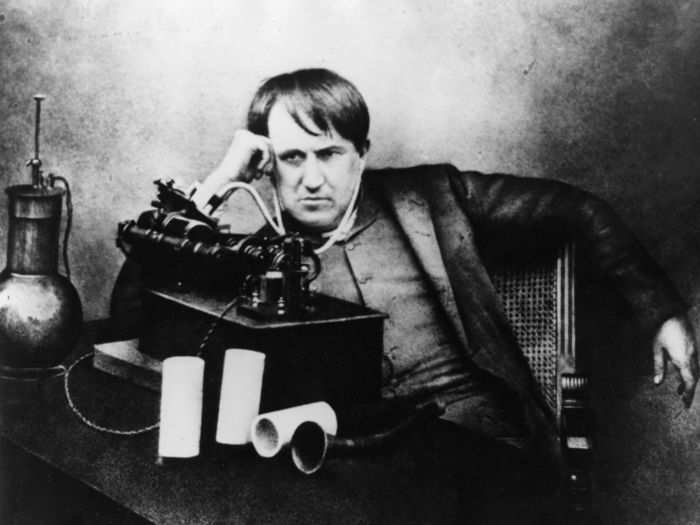
In 1920, Edison became intrigued with ideas of the afterlife, and he set out to create a device that could be used to communicate with the dead.
The invention is thought to have come from a time when Edison was going head to head with Nikola Tesla, who had also been experimenting with contacting spirits.
This apparatus became known colloquially as the "spirit phone," and the science behind it was borrowed from Albert Einstein's theory of quantum entanglement and special relativity.
Essentially, Edison believed that spirits of people could become units of energy after death, and perhaps that energy could be bundled to interact with the natural world.
Excited about this new endeavor, he invited groups of friends and scientists to test the device, but they quickly realized it didn't work.
Fuel-cell technology
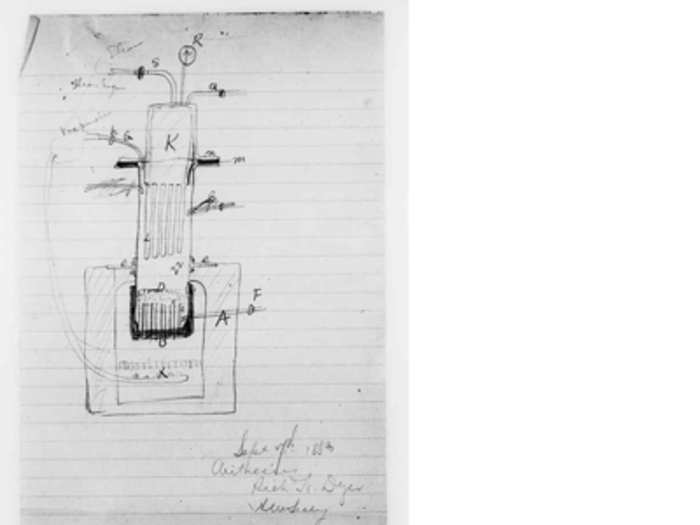
Edison was constantly searching for new energy solutions, and was even at the forefront of developing fuel-cell technology.
Fuel cells operate by producing energy from a reaction between hydrogen and oxygen, leaving behind only water, heat, and electricity as a by-product. Because this reaction causes such little pollution, today's researchers are turning to fuel cells as an environmentally sound option.
Home subscriptions
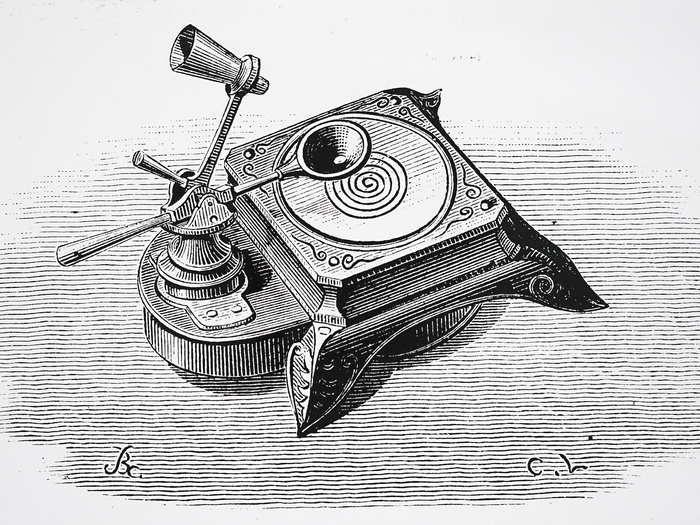
Edison caught on to mail-order subscriptions long before Netflix was conceived.
In the 1900s, the Edison Home Service Club began manufacturing records and more affordable phonographs so that consumers could listen to music within the comforts of their own homes.
In 1922, he began offering customers access to more of these records via a subscription service. If buyers joined the club, they would get samples of 20 records in the mail a month. The customers would then choose which ones they wanted to buy, and send the rest back for redistribution.
Popular Right Now
Popular Keywords
Advertisement